The solution is only for two segments but it could be easily extended to use for as much as you need.
Firstly I will suggest to create an enum:
enum SegmentedSections: Int {
case first,
case second
}
Than create a funciton, and call this function in viewDidLoad, and also each time call it when .valueChanged happens in segmentedControl:
func setProperSegmentedControlColoring(_ segment: UISegmentedControl, type: SegmentedSections) {
setSeparatorImages(for: segment, with: type)
let subviews = segment.subviews
let sortedViews = subviews.sorted(by: { $0.frame.origin.x < $1.frame.origin.x })
for (index, view) in sortedViews.enumerated() {
switch type {
case .first:
if index == segment.selectedSegmentIndex {
view.tintColor = .red
} else {
view.tintColor = .blue
}
case .second:
if index == segment.selectedSegmentIndex {
view.tintColor = .blue
} else {
view.tintColor = .red
}
}
}
}
Also you will need to change divider image accordingly:
func setSeparatorImages(for segment: UISegmentedControl, with type: EarnType) {
switch type {
case .first:
let image = UIImage(color: .red)
segment.setDividerImage(image, forLeftSegmentState: .selected, rightSegmentState: .normal, barMetrics: .default)
case .second:
let image = UIImage(color: .blue)
segment.setDividerImage(image, forLeftSegmentState: .selected, rightSegmentState: .normal, barMetrics: .default)
}
}
Also, you will need to have an extension for UIImage. You can find it here.


